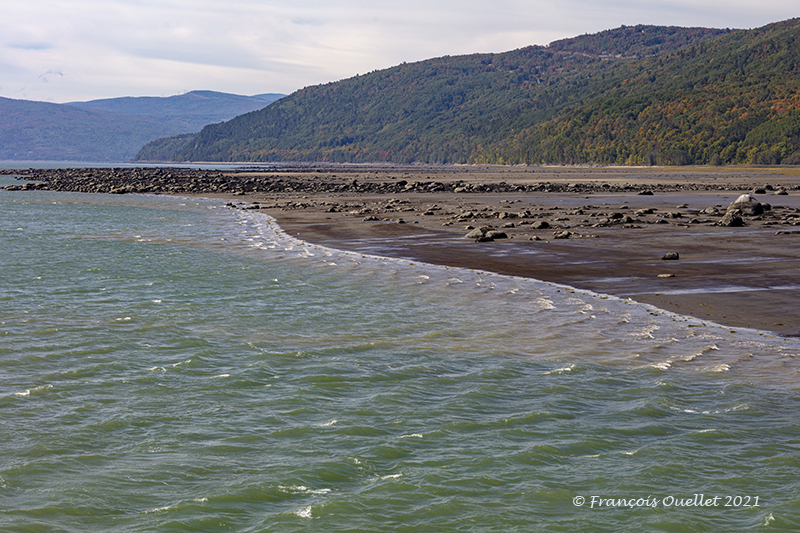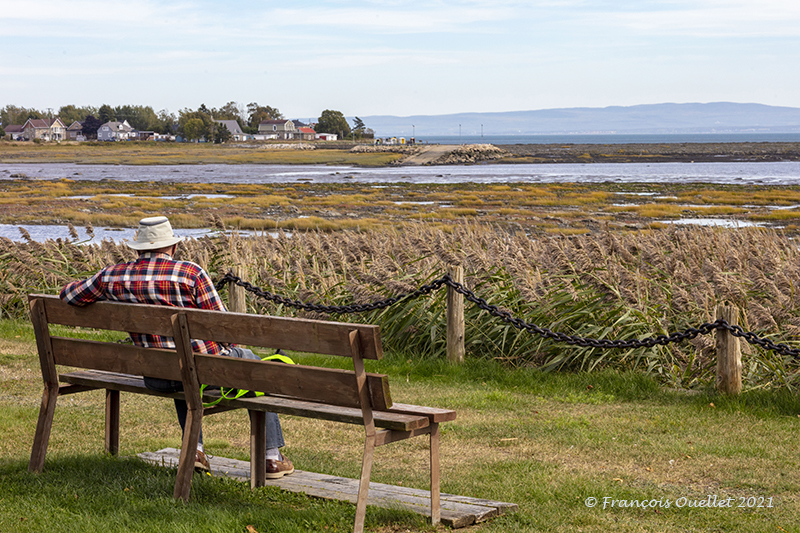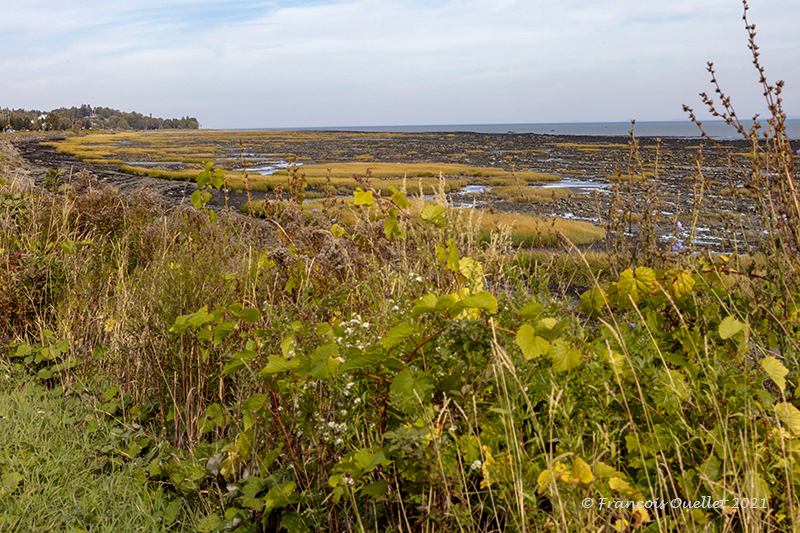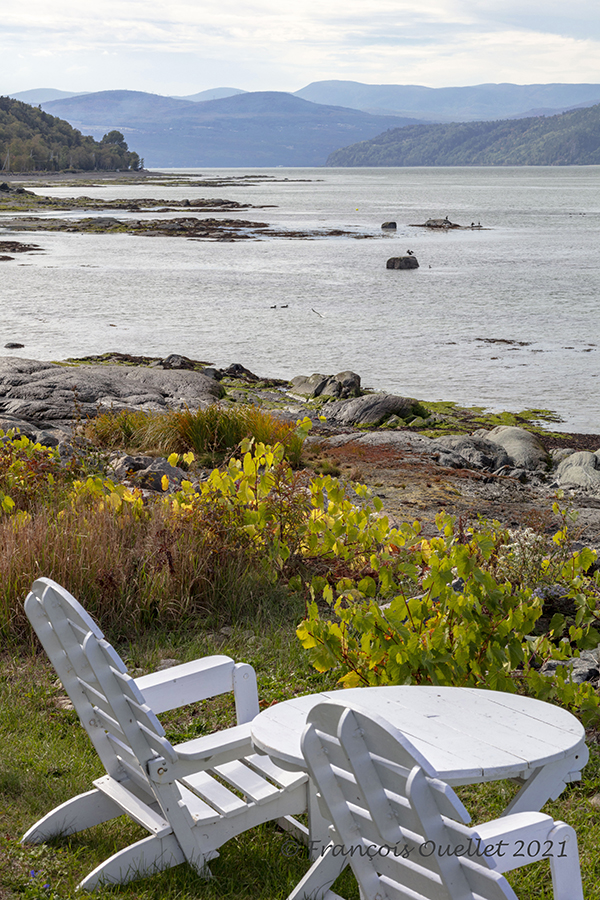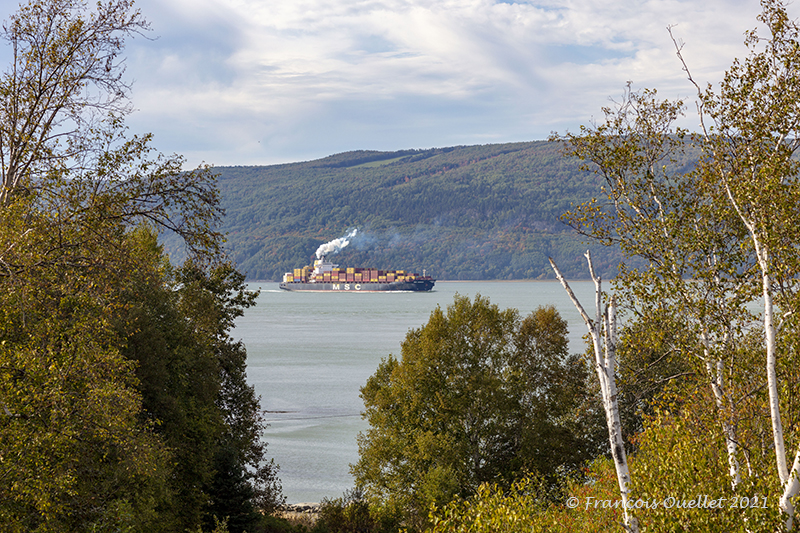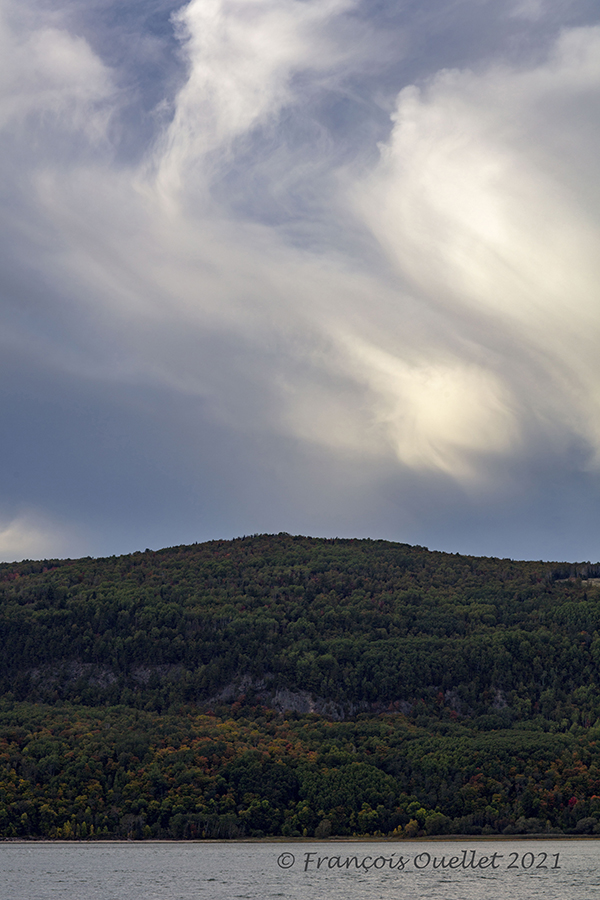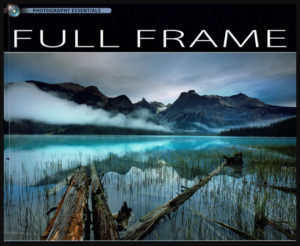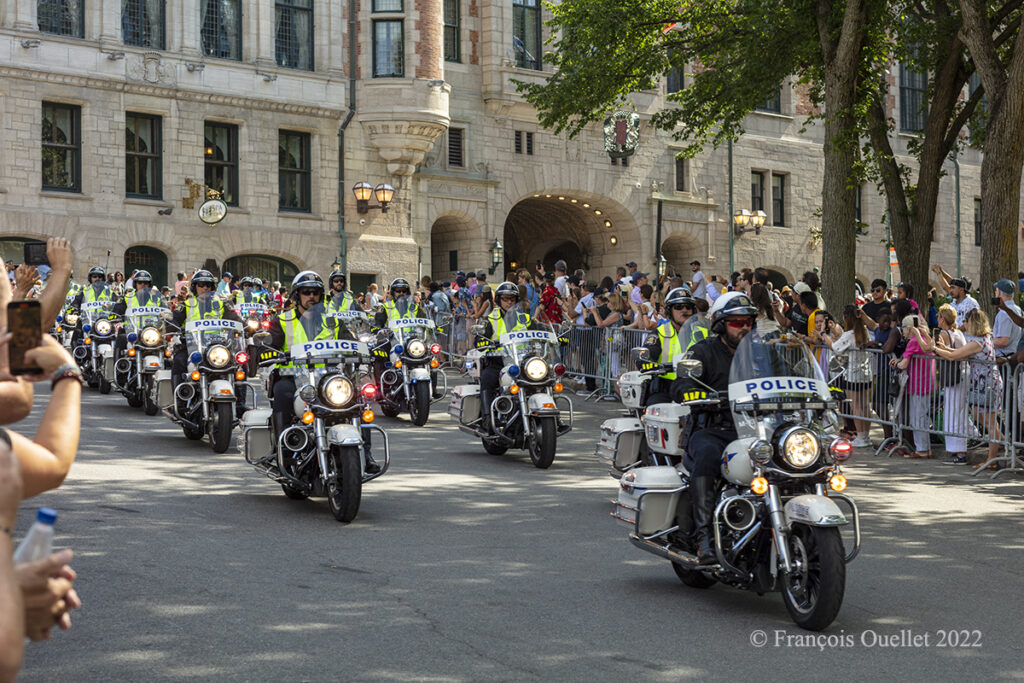
If you don’t have privileged access, the main difficulty in photographing the arrival of Pope Francis in Old Quebec in 2022 lies in the vague and sometimes contradictory information offered to journalists in an obvious effort to protect the itinerary of the head of state.
You also have to deal with the strong police presence and the barriers that open and close according to the mood of the moment, blocking bicycles and pedestrians long before the Pope has crossed the Saint-Louis gate. As a photographer, you don’t want to find yourself suddenly stuck in a place of no interest.
Other aspects to consider are purely photographic, such as the ambient light and the distance from the subject at the time of the photo, which will influence the choice of equipment carried.
The official convoy arrives on Saint-Louis Street. It is important to know that in the afternoon, the sun crosses directly the axis of the Saint-Louis Street in its slow descent towards the west. If you position yourself along this street to take the picture, there is no physical obstacle, but you photograph against the light a convoy which passes at full speed. The camera sensor does not appreciate backlighting, because it has difficulty evaluating which light takes precedence. The choice of a straight line on Saint-Louis Street is therefore not very interesting.

The Pope’s driver sits on the left (at least in Canada). The Pope will therefore be on the right, whether forward or backward. If one stands in the Place d’Armes, one gives priority to the driver rather than to the Pontiff.
As the sun travels progressively from the axis of St. Louis Street to the west, the tall trees of the Place d’Armes will create a natural veil blocking the effects of backlighting. This will increase the chances of successful photos.
On St. Louis Street, the convoy is moving quickly in a long straight line. The chances of getting a good picture decrease. When the security cars reach the end of Saint-Louis, they have to brake because of a sharp curve near the Château Frontenac. If you position yourself immediately after the curve, the chances of getting an acceptable picture increase greatly.
As for photographic equipment, a camera lens that requires little light will help optimize shutter speed and depth of field, especially in the late afternoon. The Canon EF 85mm f/1.2L II USM lens offers more flexibility.
A camera with a full-frame sensor will also allow the cropping necessary to magnify the photo without loss of quality. For the photos included in this article, the camera used was a Canon 5DSR.
The riskiest technique which therefore requires a little more experience is to take the picture of the head of state in his car in focus while leaving the outside blurred, to show that the car is moving fast. You follow the car with the camera’s viewer. The closer it gets to you, there is an obvious feeling of acceleration. It is thus necessary to increase the rotation of your body to adjust to the car’s relative speed change. The autofocus does its job as the vehicle approaches.
There is only a fraction of a second where you get a completely clear view of the head of state. A second too early and you only see a portion of the face with a piece of the car, a second too late and you get a three-quarter rear view. A continuous shooting mode becomes absolutely necessary.
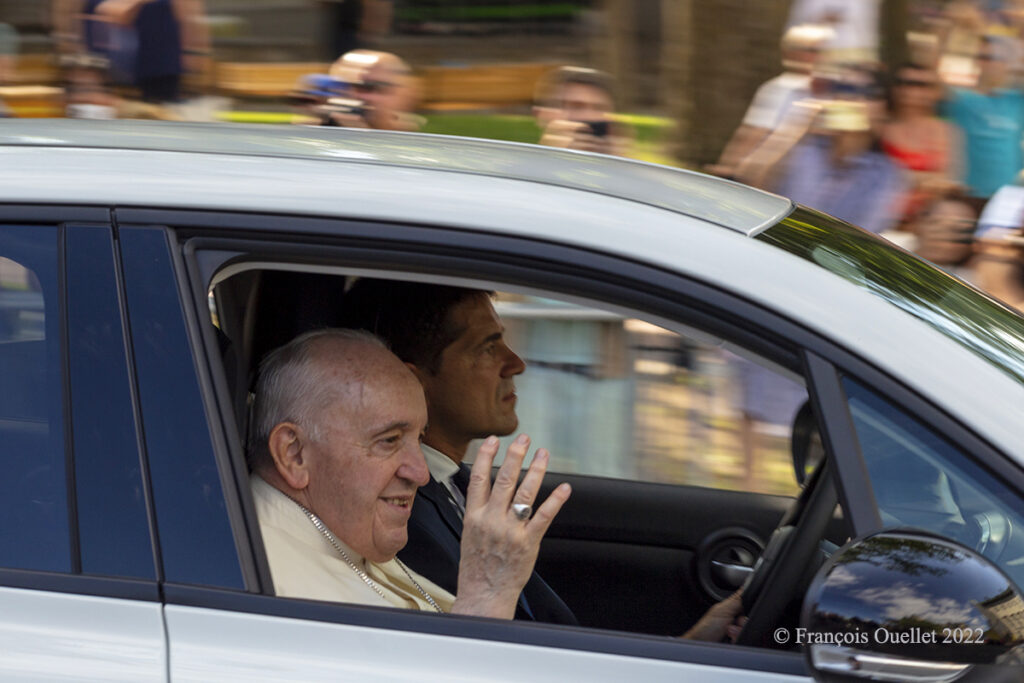
An adequate shutter speed captures the face of the head of state accurately and keeps the background blurred. A shutter speed that is too fast makes the whole scene clear and sharp, and the photo loses its dynamism. Too slow a speed and the face lacks definition. There is only one chance to get it right.
So, those were a few ideas to remember if you want to photograph important events in Old Quebec. A prior knowledge of the terrain and of the sun’s position at specific times remains essential if you want to increase your chances of success.
Enjoy your photography!
Click on the link for more photos of Quebec City in Summer on my blog.
